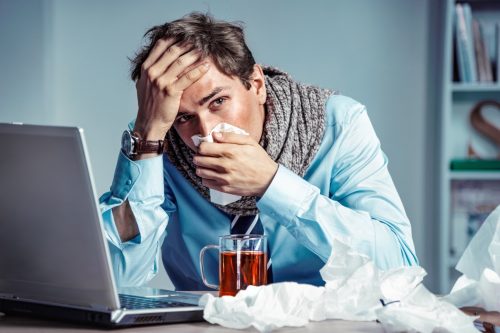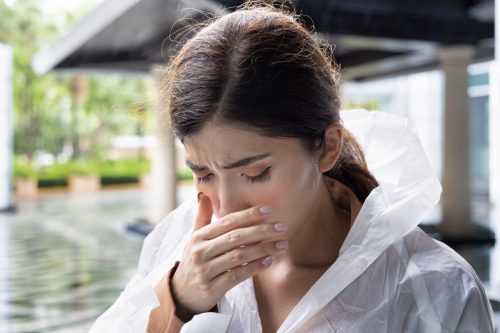
The ever-evolving landscape of COVID-19 brings forth a shifting pattern of symptoms that demand our attention and understanding. As the virus and its variants continue to impact communities worldwide, it is essential to recognize the latest trends in how the disease presents itself. In this comprehensive guide, we delve into the current sequence of COVID-19 symptoms, shedding light on the subtle nuances that distinguish it from other illnesses. From the emergence of a sore throat as a potential initial sign to the persistence of fatigue even after other symptoms recede, we explore each symptom in detail. Stay informed and prepared as we navigate the evolving nature of this global health challenge.

COVID-19 symptoms have evolved, and they can now resemble those of a common cold. While the initial presentation included a loss of sense of taste or smell, along with a dry cough, the landscape has shifted. These symptoms are still possible, but there's been a shift in the pattern. "It isn't the same typical symptoms that we were seeing before. It's a lot of congestion, sometimes sneezing, usually a mild sore throat," stated Dr. Erick Eiting, vice chair of operations for emergency medicine at Mount Sinai Downtown in New York City. Additionally, some individuals report persistent fatigue even after other symptoms resolve, underlining the variability in COVID-19's presentation.

In the era of the Omicron variant, a sore throat has become a more frequent initial symptom of COVID-19. This sore throat can range from a mild scratchiness to severe pain, often accompanied by hoarseness and discomfort when swallowing. It's crucial to recognize this symptom early, as it might precede other COVID-19 indicators.

Following the sore throat, congestion often takes center stage. Nasal congestion can be bothersome, making it challenging to breathe through the nose and often causing a runny or stuffy nose. This congestion can add to the overall discomfort and make it difficult to differentiate COVID-19 from other respiratory illnesses.

Headaches have also emerged as a common symptom of COVID-19. These headaches can vary in intensity, from a mild, nagging discomfort to severe, pounding pain. They are often described as a constant pressure or throbbing sensation and can contribute to the overall discomfort experienced by COVID-19 patients.

Persistent fatigue is a hallmark of COVID-19, and it can linger even after other symptoms have subsided. Individuals may experience profound exhaustion, feeling drained of energy and motivation. This fatigue can significantly impact daily activities and recovery.

Muscle aches and joint pain are frequently reported symptoms of COVID-19. These aches are often described as deep, persistent discomfort that can affect various parts of the body. They add to the overall discomfort and can contribute to a sense of unwellness.

Fever is a common response to the virus, with body temperatures rising above the normal range. It's often accompanied by chills, where individuals may feel exceptionally cold, even when their body temperature is elevated. Monitoring for fever is important in identifying potential COVID-19 cases.

Chills frequently accompany fever in COVID-19 cases. These chills can cause shivering and a sensation of extreme cold, even when the body is running a fever. Recognizing this symptom can help individuals seek appropriate medical advice and testing.

Post-nasal drip, characterized by mucus running down the back of the throat, is another uncomfortable symptom of COVID-19. It can lead to persistent coughing or throat irritation, adding to the array of symptoms that individuals may experience.

To mitigate the severity of these symptoms and reduce the risk of severe illness, medical experts strongly recommend getting vaccinated against COVID-19. Vaccination has been shown to provide significant protection against the virus and its variants. It not only reduces the risk of infection but also lessens the severity of symptoms in breakthrough cases, offering a crucial tool in our fight against the pandemic.














